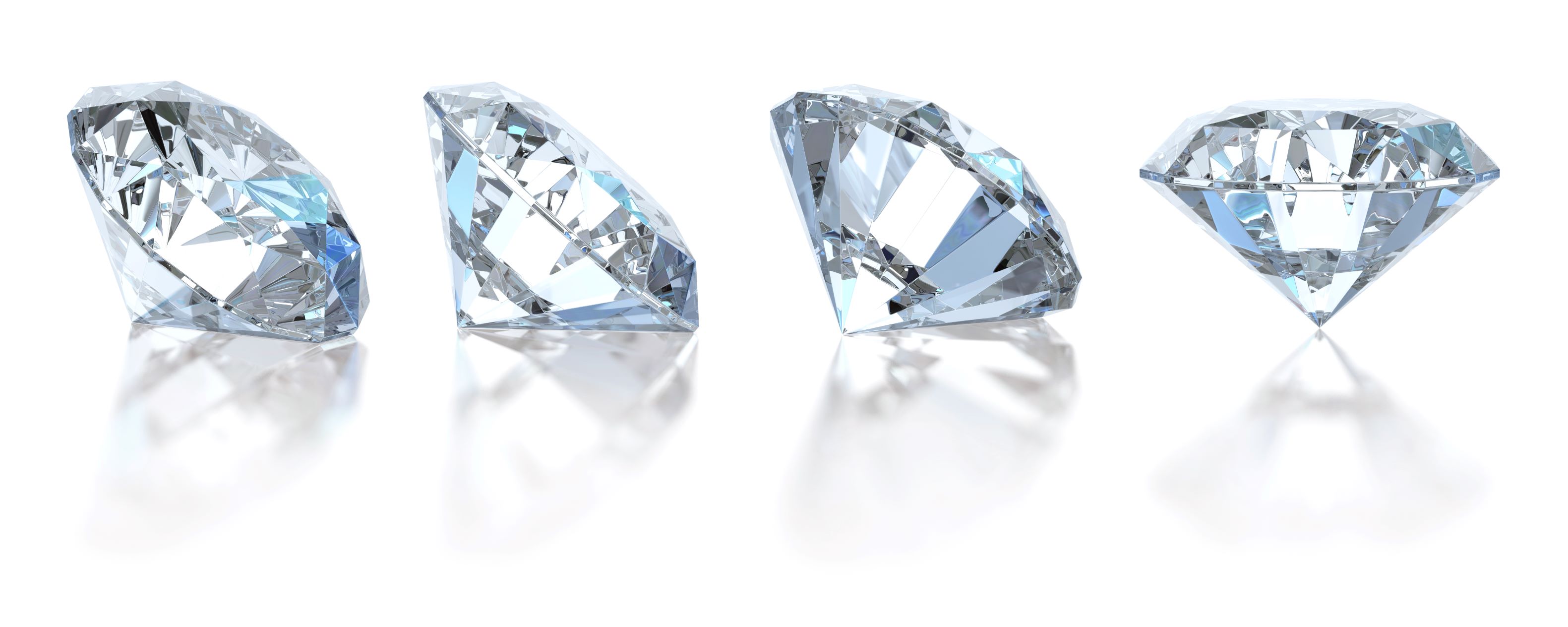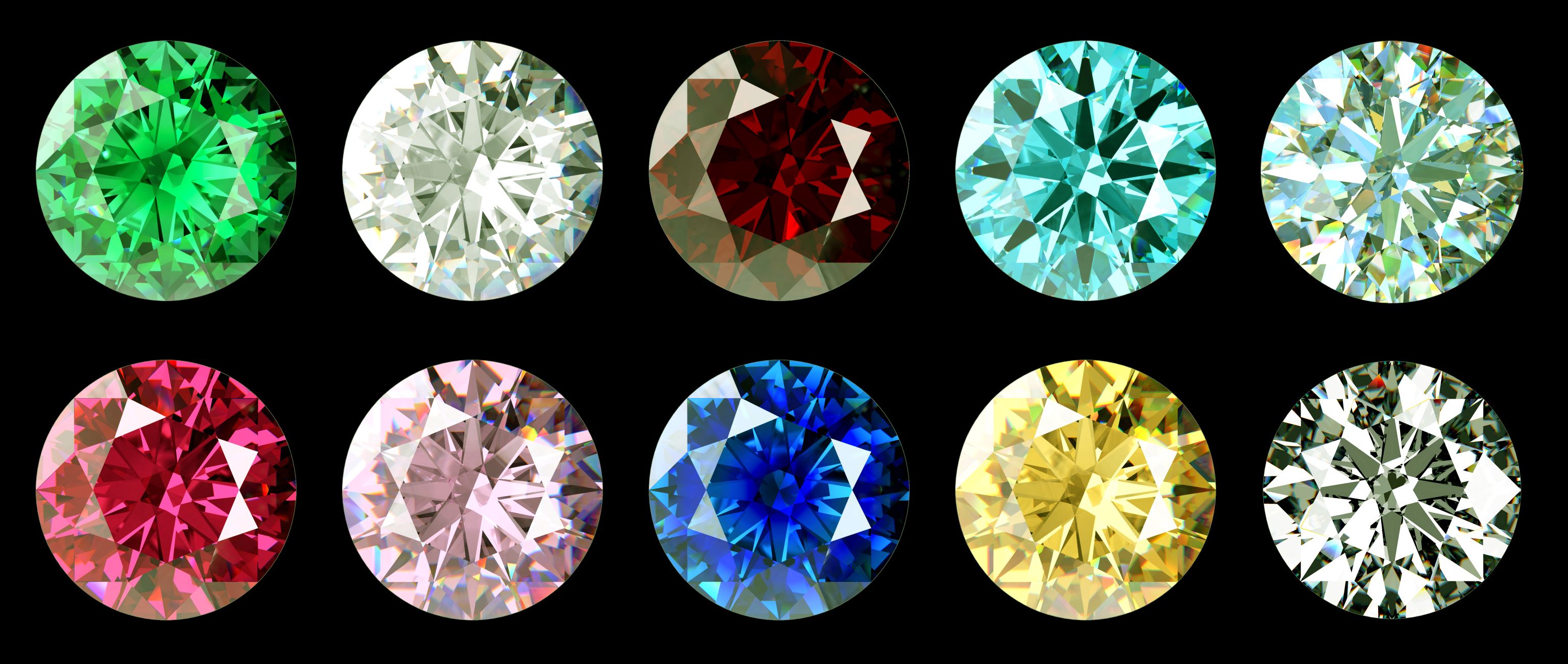The Journey of Lab Created Gems from Lab to Jewelry Store
Body
The desire for brilliance has been with mankind for thousands of years. In today’s world, there are technologies that enable the production of beautiful, synthetic gemstones of exceptional quality, thus providing a more ethical option to the processed gems found in mines. The story of these gemstones, from their creation in the laboratory to the jewelry store, is one of creativity, finesse, and art.
The Science of Creation
The process is first carried out in a million-dollar laboratory, where chemists mimic the earth conditions under which gemstones are formed. There are two primary methods for creating these gems: high pressure, high temperature (HPHT), and chemical vapor deposition (CVD).
HPHT imitates the high pressure and temperature conditions within the mantle, a part of the earth where diamonds are formed naturally from natural gemstone. A small seed diamond is put in a chamber and exposed to temperatures above 1,300 degrees and a pressure of more than 50,000 atmospheres. Carbon atoms deposit on the seed and, over time, build up a bigger diamond structure.

CVD, in contrast, takes a diamond seed and puts it in a vacuum environment that is filled with carbon-based gas. The gas is heated to conditions in which the carbon atoms can come out of the gas and deposit on the seed, forming a diamond layer after layer over a few weeks.
Cutting and Polishing
After the raw gem material has been synthesized, it is cut and polished. This stage is important because it is the final stage before the finished gem reflects its final appearance and brilliance. Many lapidaries spend time looking at each piece of rough and deciding how the stone can be cut and brought out into the best lab grown gems.
Available equipment helps the lapidaries shape the gemstone to the required design, like a round, oval, or even princess cut. Subsequently, the stone is to be polished, aiming to improve the brilliance of the gemstone in question. It is a delicate process that demands a lot of care because a single mistake can greatly impact the gemstone’s appearance.
Quality Assurance
The laboratory-made gems undergo a series of tests to ensure they pass before hitting the market. To conform to the standards of the gemology industry, the stones’ color, clarity, cut, and carat weight are all evaluated by gemologists. For instance, the lab-created diamonds are scored based on the mined diamond parameters.

Also, these gems are closely followed by certificates from other gemological laboratories stating the genuineness and quality of the stones. This transparency helps the consumer place their trust in the product they are buying.
Design and Setting
The last stage in the design process is mounting and installing the gems in accessories such as rings, necklaces, or bracelets. Jewelers, as well as designers, work hand in hand to design unique pieces of jewelry that bring out the beauty of gems. Whether it is a wedding ring for a lady, a set of earrings, or a pendant with a lady’s birthstone—a diamond for January, sapphire for September, or emerald for May—the designs are unique when made from lab created gems.
CAD and 3D printing technology are extensively used in the modern world as tools for jewelry design. They include the tools that assist in the production of designs that are either complex or delicate to draw by hand.
From Lab to Store
Once the jewelry pieces are made, they are ready to be taken to shops and displayed. The stone retailers point to factors like artificial stones being cheaper, eco-friendly, and free from any issues of being mined. With consumer awareness, environmentalism, and socially responsible purchasing increasing, lab grown gemstone are slowly becoming favorites of the luxury industry. Purchasing marcasite gems is also possible with the help of lab-grown or lab-manufactured jewelry.











Comments